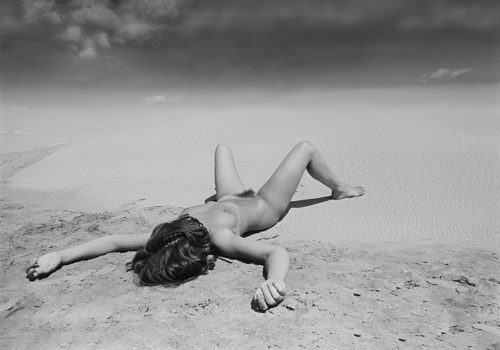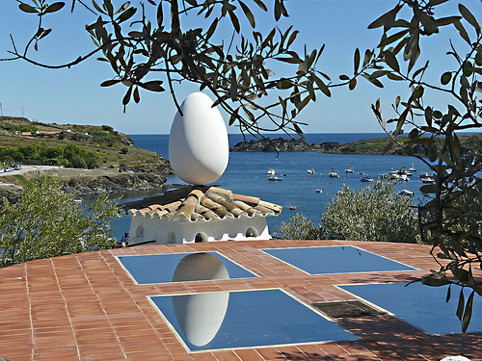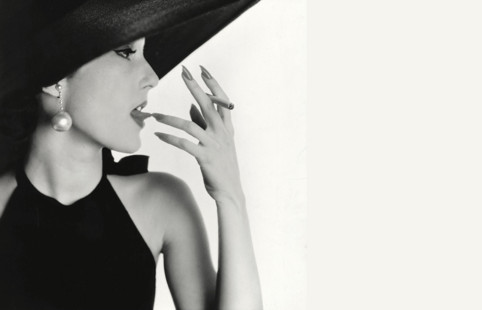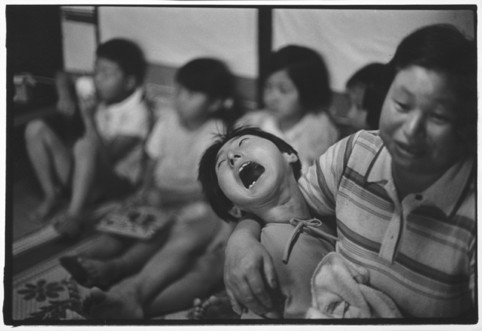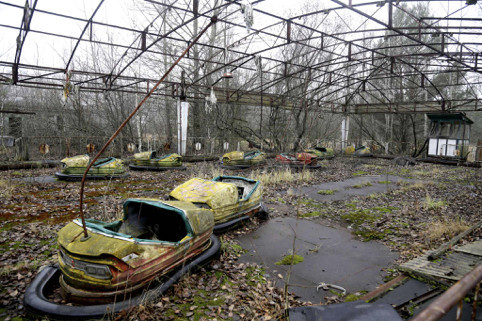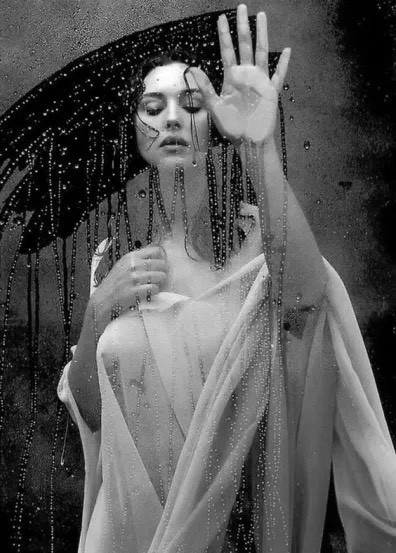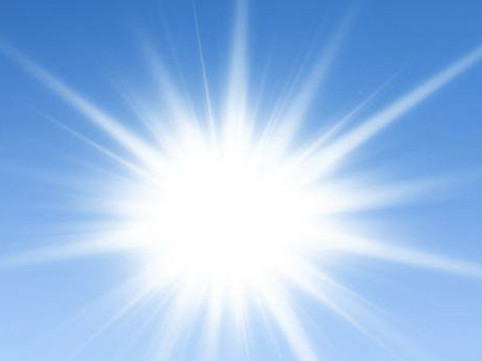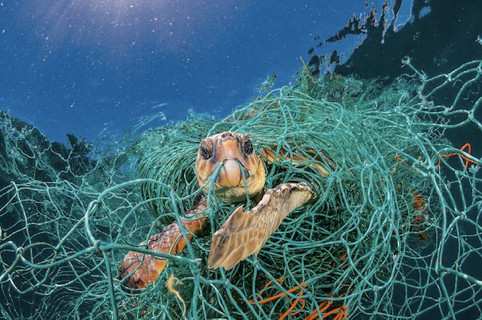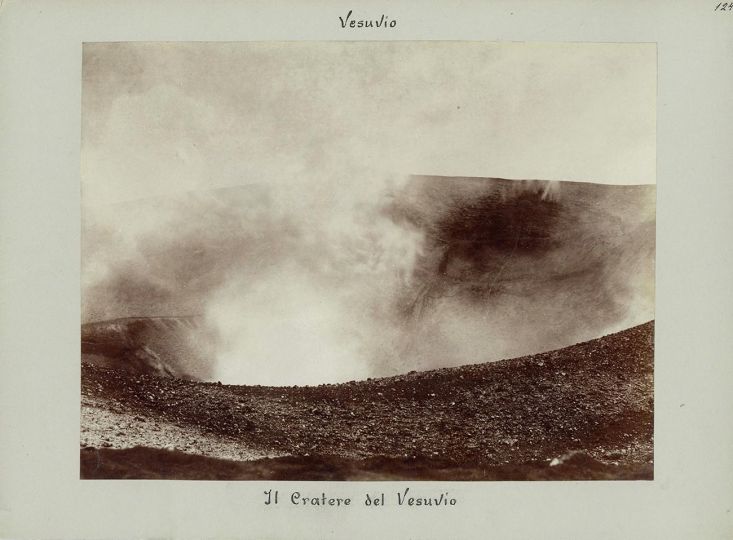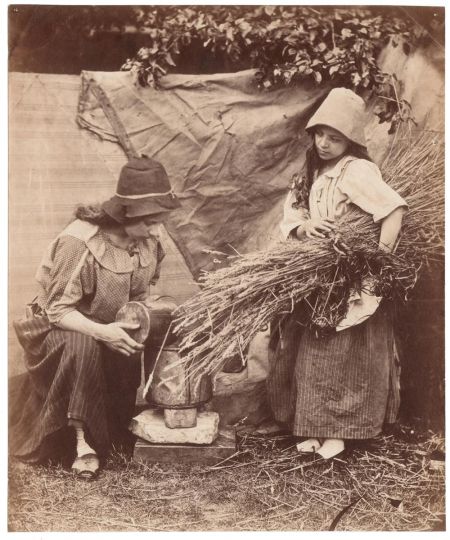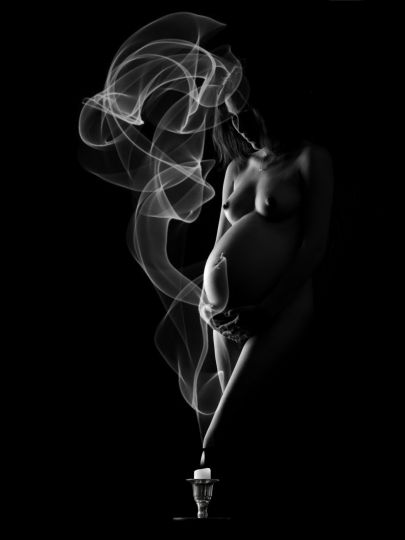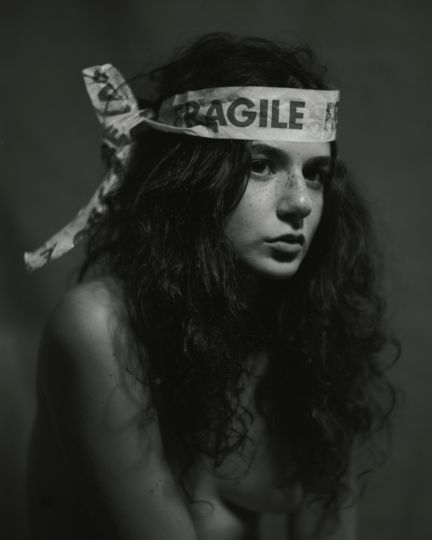Beauty, complexity and cruelty
Born in 1948 in Toulouse, Philippe Blache has always seen his mother paint, and this is how he became familiar with the world of art. But very early on it was photography that attracted him, and more particularly the work of the photographer Edward Weston. Equipped with a 24×36 Miranda, he developed his films in the kitchen and when the day was over, it was the end of the session.
In 1972, he registered for the first time at the Rencontres de la photographie d’Arles. In 1973, he met Ansel Adams who taught him the Zone System*. His vision of things only reinforced Philippe’s desire to photograph and to find his own way.
In 1978, he moved to Paris and quickly collaborated with the Michèle Chomette Gallery, with whom he exhibited in France, the USA, Belgium and England. With a taste for the spatial organization of curves and lines, his work is most often done in 6×6, 6×7 or large camera. In 1982, due to ill health, he interrupted his career as a photographer for what he believed to be a definitive period and turned to lithography in order to remain in the field of art. In 2003, in the company of Patrick Degouy and the great Lebanese poet Salah Stetié he decided to produce a book entitled “Choses Calmées”. On this occasion his photos reappeared and are exhibited again. In 2008 he collaborated with the Esther Woerdehoff Gallery, and thanks to her with the collector Felix Akerman in Basel and some time later with the Gallery with Pierre André Podbieslky in Milan. More recently his photographs have taken place at the Galerie 15 Martel and at the Galerie 55 Bellechasse, both in Paris.
Philippe Blache photographs to forget and to wallow between the shadow and the light. He believes that we should not only live, but from time to time get drunk in the simplest and most primitive way and feed on the dazzle of our first emotions under the caress of the sun, and feel every heartbeat in an unconscious torpor before the great silence. “Life is dazzling with beauty, complexity, cruelty, it does not need reasoning to blossom”, he argues, and continues “Light saves humanity, it comes like a grace to reveal and amaze us, it transfigures our condition. On the film it is his reflection, but also the dark memory of men and their luminous victories.
He loves this moment when he discovers his negatives and visualizes the image that could become a magical photo. He fixes the past on the film, to make it an object of the present, projects himself towards the future, in which he speaks about his life, about men and about our hopes. Each time he looks at his photos, they remind him of wonderful moments of sharing and complicity. They feed his soul, his frustration and his dreams to survive the wear and tear of the days.
His nudes, which along with still lifes represent the main axis of his work, are like silences, wonderful landscapes, which evoke the beauty of the world and give him joy. Black and white invokes the memory, requires an effort of interpretation, gives rise to a feeling in resonance with the experience of his own life
Website : philippeblache.com
INSTAGRAM : Philippe_Blache
*Zone System : method of planning the exposure and development of a photographic film to control the relationship between the brightness of the object photographed and its photographic rendering in terms of luminance values.
Your first photographic trigger ?
Philippe Blache : The landscapes of Catalonia and the bay of Portlligat, near Cadacquès.
What kind of images inspire you?
Philippe Blache: There are many. Starting with Edward Weston, Helmut Newton, Kertész Imre, Albert Watson, Franck Horvat,
The image you would have liked to make?
Philippe Blache: Among many others “Girl with Tobacco on the Tongue” by Irving Penn
The one that moved you the most?
Philippe Blache: During Eugene Smith’s workshop and exhibition in Arles in 1973, the one of a mother and her child deformed because of the mercury spilled in the water in Minamata, Japan, but also the images of the Vietnam war with Nick Ut’s photo showing naked children running from the bombs (1972)
And the one that made you angry?
Philippe Blache: All the ones about Chernobyl
A key image in your personal pantheon?
Philippe Blache: Any image by Helmut Newton
The quality needed to be a good photographer?
Philippe Blache: Patience
The secret of the perfect image, if it exists?
Philippe Blache: The perfect image does not exist, and it is not necessary. There are strong, balanced, fair images, they don’t need to be perfect. Imperfections are part of our humanity and beauty.
The person you would like to photograph?
Philippe Blache : The woman
The camera of your beginnings ?
Philippe Blache: Miranda, Nikon F1.
The one you use today?
Philippe Blache: Rolleiflex, Hasselblad, Pentax 6X7, Nikon F3.
Your favorite drug?
Philippe Blache: Seeing the eye of Photography.
The best way to disconnect for you?
Philippe Blache : Walking
Your greatest quality?
Philippe Blache: I don’t know.
An image to illustrate a new banknote?
Philippe Blache: A sun
The job you would not have liked to do?
Philippe Blache: No job where I would have to sit behind a desk
Your biggest extravagance as a photographer?
Philippe Blache: It’s too intimate.
What values do you wish to share through your images?
Philippe Blache: Empathy
The city, country or culture you dream of discovering?
Philippe Blache: Japan
The place you never get tired of?
Philippe Blache: The female landscape
Your biggest regret?
Philippe Blache: Not being able to play a musical instrument.
Instagram, Tik Tok or Snapchat?
Philippe Blache: INSTAGRAM
Color or B&W?
Philippe Blache: B&W
Daylight or artificial light?
Philippe Blache: Natural light
The most photogenic city in your opinion?
Philippe Blache : San Francisco
If God existed, would you ask him to pose for you, or would you opt for a selfie with him?
Philippe Blache: I would ask him to be good.
Which image represents for you the current state of the world?
Philippe Blache: A turtle caught in a net
What is missing in today’s world?
Philippe Blache: The attention to others and of nature .
Upcoming event : PARIS Photo from November 11th to 14th, 2021, at the Grand Palais Ephemera.

